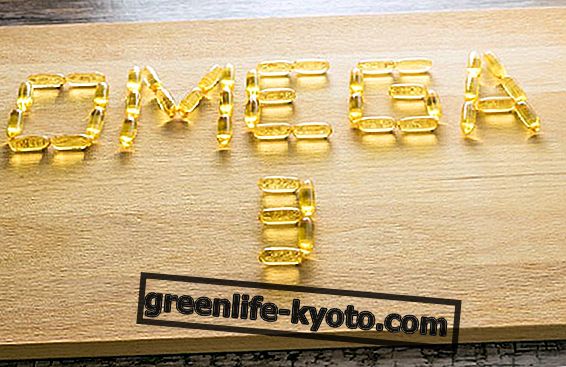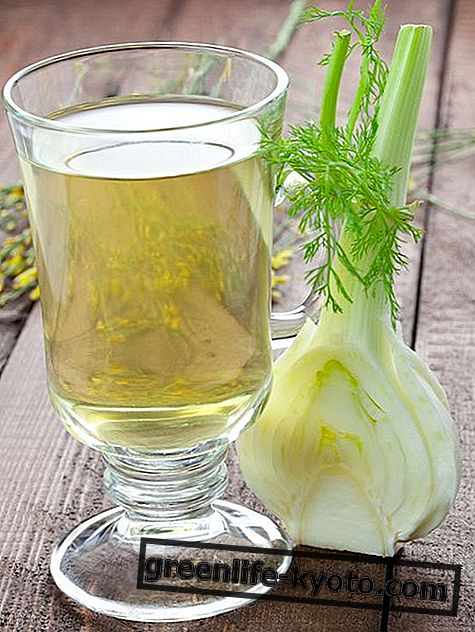Sea salt is an indispensable spice as a useful neurological conductor against cellulite, skin diseases and bronchitis. Let's find out better.

Description
Sea salt is a spice composed of sodium chloride (NaCl) dissolved in sea water together with other substances. Sodium chloride is the sodium salt of hydrochloric acid. At room temperature it is a colorless crystalline solid with a characteristic smell and taste. Sea salt is obtained by spontaneous and fractional evaporation of sea water.
Solar evaporation allows the extraction of sea salt, made in establishments called salt pans . Sea water is collected in large shallow tanks; the water evaporates and the brine remains, which concentrates and is transferred, as it concentrates, in different tanks, to finally arrive in the crystallizing tanks, where the sodium chloride "precipitates" and is then collected.
There are two types of sea salt: refined or whole, which maintains the properties of other substances, such as iodine, magnesium, potassium and other microelements. Sea salt is used as a flavor enhancer, known and marketed since ancient times, widely used in cooking, for storing and cooking food (meat, cheese, vegetables, spices). Sea salt is also used to prevent certain diseases, such as goiter or hypertension.
It is then used in the chemical industry, once for tanning leather and fabrics, now for saponification, for example, or as a natural anti-freeze.
Properties and benefits of sea salt
Sodium chloride is a conductor, not only of electricity, but also of neurological transmission. Salt is in fact a fundamental substance for the development of vital physiological mechanisms, such as the transmission of nerve impulses, the exchange of liquids and the regulation of pressure. Sodium chloride is in fact essential for life on Earth: most tissues and fluids in living beings contain a certain amount of salt.
The physiological solution used in medicine, which contains a certain percentage of sodium chloride, is used to treat dehydration; but if you consume more than 5 grams of salt a day you can get diseases like strokes, kidney problems and heart problems .
If used externally instead, it can be a valid ally to fight edema, cellulite and to purify tissues: baths, compresses, bandages of salt deflate, reduce water stagnation, detoxify tissues. Better if you use integral sea salt: refining deprives the salt of numerous useful elements for the body.
Saline treatments are also useful to combat bronchitis, asthma, colds, mycosis and psoriasis.
Salt and conscious nutrition
Use in the kitchen
Sea salt has always been used to flavor and preserve foods, such as meat and fish, and spices, but also to cook them . We must pay attention to how to use sea salt in the kitchen: legumes should be salted only at the end of cooking, otherwise they will harden, as well as boiled or steamed vegetables, so as not to lose their nutrients.
The grilled meat should be salted first, while the one in the pan after cooking. Dusting and leaving zucchini and eggplant with salt to rest makes them lose water and so the bitter taste of aubergines.
In Italy the salt of Cervia is considered a special salt, as it is "sweet salt" because it contains a small percentage of bitter substances . The salt pans of Cervia also sell a tile of pure sweet salt from Cervia to cook the dishes directly: the foods absorb the right amount of salt they need, salting themselves. Cooking times are reduced and the kitchen is absolutely dietetic.
The fleur de sel, the salt flower, is a type of French marine raw salt, characteristic of southern Brittany, very delicate, which does not cover the flavors but exalts them.
Curiosity about sea salt
In Italy the largest salt-pans are found in Margherita di Savoia, in Puglia; in Sardinia, near Cagliari and in Sicily, near Trapani; in Romagna, in Cervia. In ancient times salt was so important that it was also a currency, which is why Italy is full of "salt roads" : the Via Salaria, for example, which led to the port of Ostia; the Via del Sale which connected the Ligurian coasts to the Lombard plain; and again the Piedmont and Emilia salt routes. The word salary derives from salarium, the amount of salt that was given to soldiers who left for outposts abroad. The reference book is "The Miraculous Sea Salt" by Giuseppe Maffeis .













